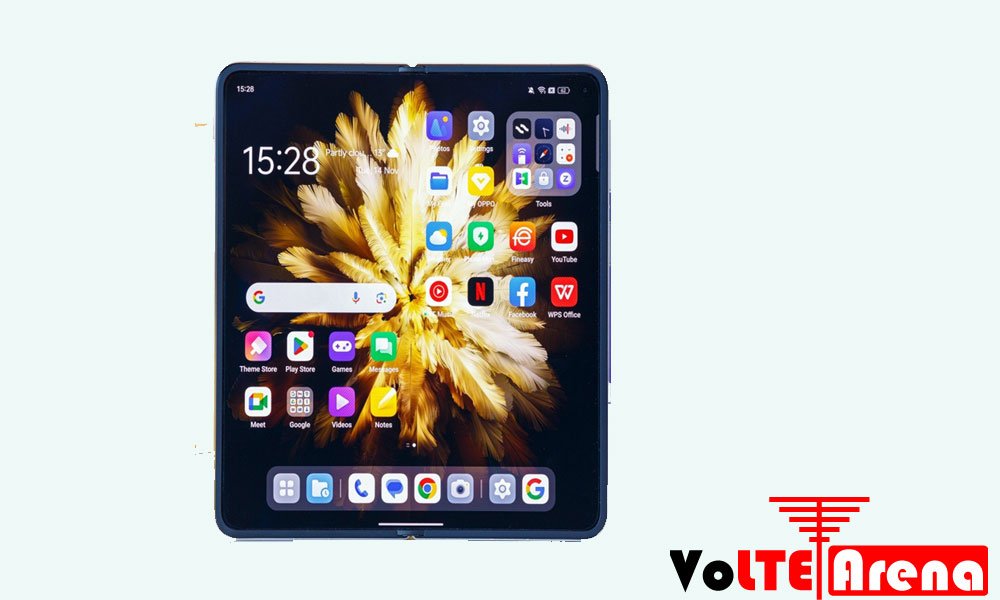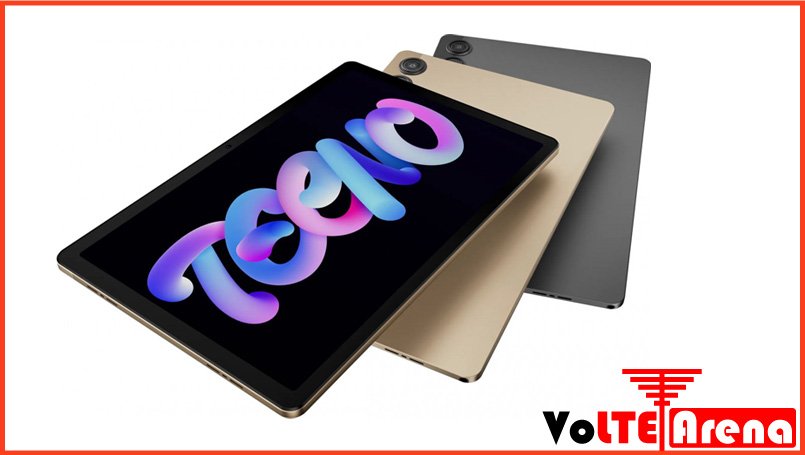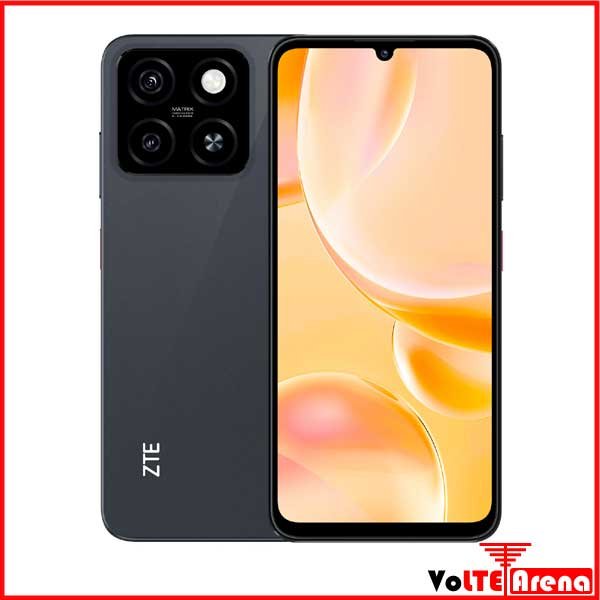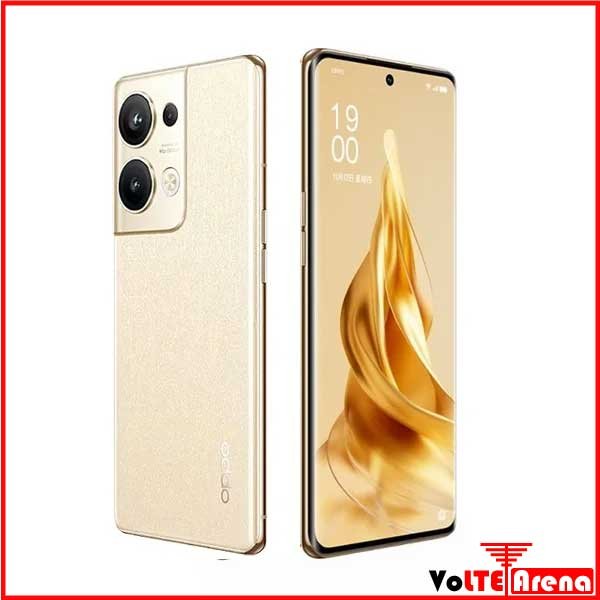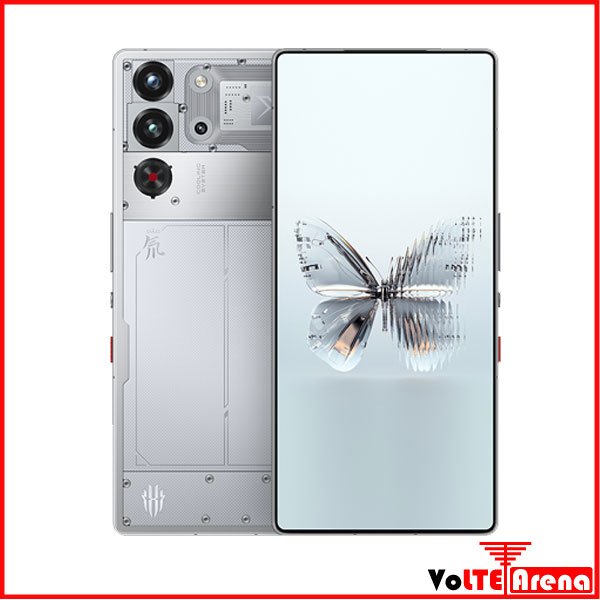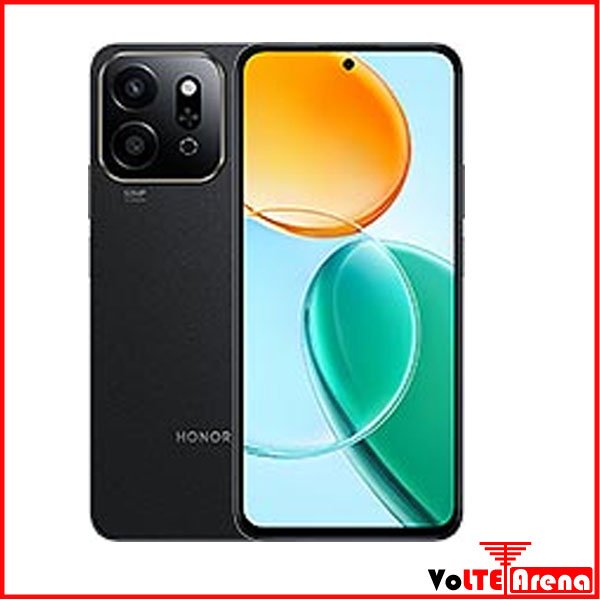Water-Resistant vs. Waterproof: Understanding the Key Differences

1. What Does Water-Resistant Mean?
Water-resistant refers to a product's ability to resist the penetration of water to some extent, but it does not offer absolute protection when fully submerged. Items labeled as water-resistant are designed to withstand light exposure to moisture, such as splashes, light rain, or minor spills. These products can handle limited contact with water without sustaining significant damage, making them suitable for daily use in various situations.
1.1 How Water-Resistant Works
Water-resistant properties are achieved through various techniques and materials, depending on the type of product. For instance, water-resistant coatings or treatments may be applied to fabrics or electronic devices to create a hydrophobic barrier, repelling water and keeping it from seeping into the material's surface.
Additionally, manufacturers may incorporate tightly woven fabrics or laminated layers to reduce water penetration. For electronic gadgets like smartphones and watches, specialized gaskets and seals are used to protect internal components from water intrusion, enhancing the overall water-resistant performance.
1.2 Examples of Water-Resistant Products
Common examples of water-resistant products include:
Water-resistant watches: Timepieces designed to withstand light splashes and brief immersion in water without damage.
Water-resistant electronics: Devices like smartphones, tablets, and cameras feature a level of protection against minor water exposure.
Water-resistant outdoor gear: Jackets, backpacks, and footwear are treated with water-resistant coatings to offer protection during light rain or damp conditions.
2. What Does Waterproof Mean?
Waterproof, as the term suggests, describes products that are entirely impervious to water and can endure full submersion without letting water inside. Unlike water-resistant items, waterproof products are ideal for activities involving prolonged and intense exposure to water, making them suitable for aquatic sports, diving, or rainy outdoor adventures.
2.1 How Waterproofing Works
Waterproofing is achieved through more advanced and stringent measures than water-resistant products. Manufacturers use specialized materials and construction techniques to create an airtight and watertight barrier, preventing water from entering the product, even when completely submerged.
Seams and zippers are reinforced with additional layers of waterproofing materials, and high-quality gaskets are utilized to seal off vulnerable entry points. In some cases, products like waterproof cameras or dive watches are designed to withstand pressure at considerable depths, ensuring they remain impervious to water under challenging conditions.
2.2 Examples of Waterproof Products
Some examples of waterproof products include:
Waterproof diving watches: Timepieces built to withstand high-pressure water conditions during diving activities.
Waterproof dry bags: Bags designed to keep contents dry during water-based adventures like kayaking or rafting.
Waterproof smartphones and cases: Devices specifically engineered to maintain functionality even when submerged underwater.
3. Key Differences Between Water-Resistant and Waterproof
3.1 Depth of Protection
The most significant distinction between water-resistant and waterproof lies in the depth of protection they offer. Water-resistant products can repel water to a certain extent, but they may not hold up when fully immersed in water. In contrast, waterproof products are engineered to withstand complete submersion without any water seeping inside, providing a higher level of protection.
3.2 Intensity of Exposure
Water-resistant items are ideal for protecting against light exposure to moisture, such as occasional rain or minor splashes. They are suitable for everyday use and activities that do not involve prolonged water contact. Waterproof products, on the other hand, are designed for more rigorous and sustained exposure to water. They can handle activities like swimming, snorkeling, or diving, where constant contact with water is expected.
3.3 Applications and Usage
Understanding the difference between water-resistant and waterproofing is crucial for choosing the right product for specific applications. Using a water-resistant item in a situation where waterproofing is necessary can result in damage to valuable belongings. For instance, using a water-resistant backpack in heavy rain or a waterproof smartphone case during everyday use might not yield the desired level of protection.
4. How to Choose the Right Level of Protection
4.1 Assess Your Needs
When deciding between water-resistant and waterproof products, start by evaluating your specific requirements and use cases. Consider the environments and activities where you intend to use the item. If you expect prolonged exposure to water or submersion, opting for a waterproof product is the safer choice. However, if your needs only involve protection from light rain or occasional splashes, a water-resistant item may suffice.
4.2 Check the Product's Rating or Certification
Many products come with specific ratings or certifications that indicate their level of water protection. For instance, electronic devices may carry an IP (Ingress Protection) rating, followed by two digits (e.g., IP67). The first digit represents the product's resistance to solid particles, while the second digit indicates its resistance to liquids, including water. The higher the number, the better the protection. An IP67-rated device is dust-tight and can withstand immersion in water up to one meter for 30 minutes.
4.3 Consider Durability and Usability
In addition to water protection, factors like overall durability and ease of use should be considered. Waterproof products often require more robust construction, which can add weight or bulkiness. Ensure that the chosen product strikes the right balance between protection and practicality for your intended activities.
5. Conclusion
In conclusion, understanding the key differences between water-resistant and waterproof products is crucial for safeguarding our belongings from water-related damages. Water-resistant items provide a certain level of protection against light moisture exposure, while waterproof products offer an impermeable barrier even when fully submerged.
When choosing between the two, consider your specific needs and the level of water exposure involved in your activities. Checking the product's ratings or certifications will help you make an informed decision, ensuring you select the appropriate level of protection for your valuable items. Whether it's a water-resistant watch for daily wear or a waterproof dry bag for adventurous trips, the right choice will grant you peace of mind and extend the longevity of your belongings.
Articles and Reviews
Black Friday Bonanza: Save Big on the Nubia Z60 Ultra Leading Version and Nubia Z60S Pro
Black Friday has arrived, and it's the perfect opportunity to elevate your mobile experience. With powerful features for photography, gaming, and ultra-fast performance, the Nub [ Read More]
Oppo Find N5 Set for First-Half 2025 Launch, Tipster Reveals Oppo's upcoming foldable, the Find N5, originally rumored for a Q1 2025 release, may now debut sometime in the first half of the year, according to Chinese tipster Smart Pikachu. This new timeline suggests a launch before July. [ Read More]
Realme has launched early access for its latest interface, Realme UI 6.0. This AI-powered system based on Android 15 was initially promised for the Realme GT 6. Starting today, a select number of Realme GT 6 users in India can preview the beta version of the new software.
Realme GT 6 [ Read More]
The highly anticipated Huawei Mate70 series is set to debut this month, a launch officially confirmed by Huawei itself, though the exact date remains unannounced. However, reliable Chinese leakster Digital Chat Station hints at a November 19 launch event for the Mate70 series, which could also intro [ Read More]
Tecno has unveiled the Megapad 10, a new tablet aimed at budget-conscious consumers. Despite its “Mega” name, the device offers entry-level specifications suitable for basic tasks. At its core, the Megapad 10 runs on the MediaTek Helio G80 processor, coupled with 4GB of RAM. Storage options i [ Read More]
Oppo Reno13 Pro Details Leak: Bigger Battery, Advanced Camera, and Enhanced Charging Features
Oppo is gearing up for the launch of its next flagship in the Reno series, the Reno13 Pro[ Read More]
Vivo is reportedly developing a new smartphone, the S20, which will occupy an important spot just below the company's flagship X series. The upcoming S20 is expected to be a significant release for Vivo. Measuring just 7.19mm thick, the S20 will house an impressive 6,500 mAh battery, despite bein [ Read More]
Pixel 8 Series to Keep Physical SIM Tray and Introduce Night Sight Video
Dispelling Rumors of eSIM Transition
Recent speculations about the Pixel 8 series abandoning physical SIM trays in favor of an exclusive eSIM setup have been clarified by insider reports. Contrary to [ Read More]
T-Mobile is once again making waves in the smartphone industry with the release of its latest offering, the REVVL 6x Pro. Packed with impressive features and powered by the MediaTek Dimensity 700 chipset, this smartphone aims to redefine the affordable smartphone market with its compelling specifica [ Read More]
Earlier this month, Google took us by surprise with an unexpected move, unveiling the fifth Android 14 beta release. This came despite strong indications in the previous month that the fourth beta would serve as the final step before the stable release. And thus, Android 14 Beta 5 made its entran [ Read More]


